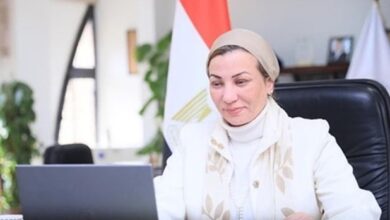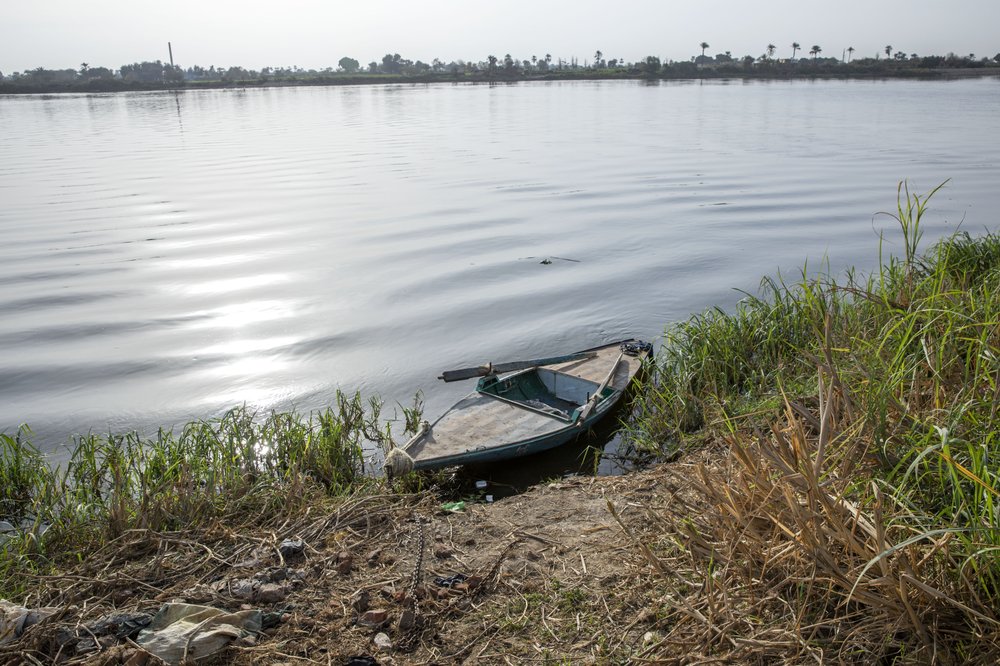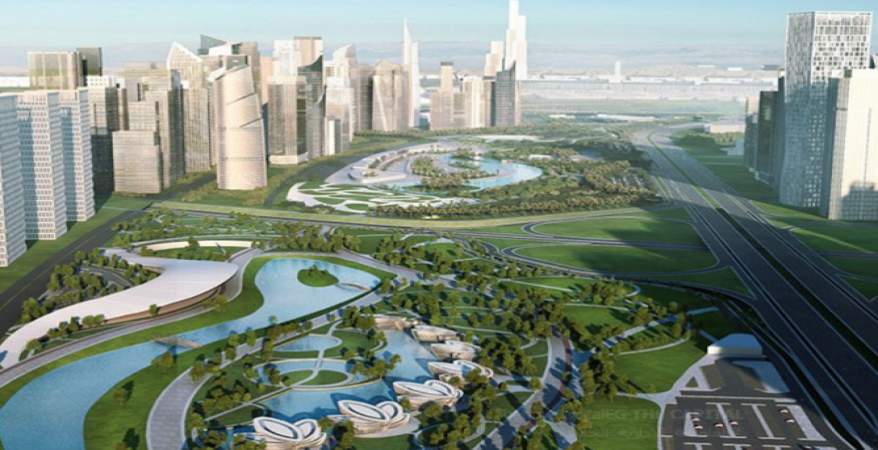Nubians seeking compensation for their evacuation from the Lake Nasser area are now divided over a government plan to provide them with alternate housing at Wadi Kurkur.
Nubians were displaced from their homes in Upper Egypt between 1902 and 1934 – and again in the 1960s – as Egypt cleared land to build the Aswan Dam.
Former President Hosni Mubarak's regime began the Wadi Kurkur project to compensate them in response to their growing demands for relocation.
But Nubians have since defied that choice, citing the area's remoteness from the Nile River and the unavailability of land for agricultural use. After the 25 January revolution, they staged a number of demonstrations to press for their cause.
Some Nubians believe the project is a good start, but others adhere to their right to return to their original area.
In a meeting between Al-Masry Al-Youm and Nubian leaders, engineer Mohamed Yacoub, a prominent figure at the Nasr al-Nuba department, said the project was a step in the right direction.
Khalil Gebaly, former chairman of Nasr al-Nuba's municipal council, said Nubian leaders have closely watched the project through field visits, hoping to verify that basic services and utilities are included.
He said the first stage of the undertaking, which includes the construction of eight villages, had been finished.
But Nubian author Hagag Adol said the plan ignores Nubian demands for a complete return to the banks of Lake Nasser. He urged the government to reconsider its plan because of requests voiced by the Nubian community.
Nubian activist Ahmed Kajoj said the former regime's selection of Wadi Kurkur came as a bid to conceal corrupt practices around Lake Nasser.
Translated from the Arabic Edition




